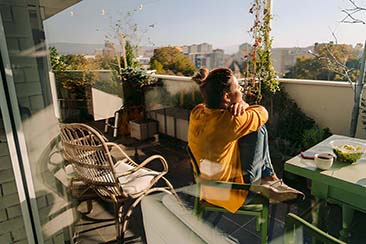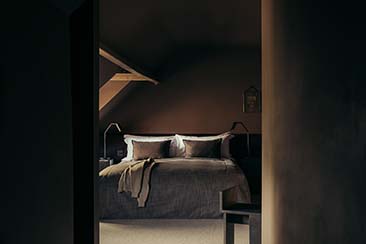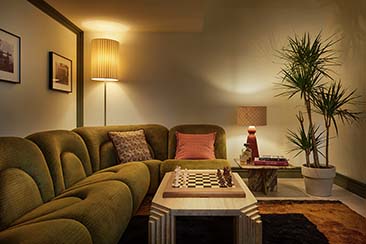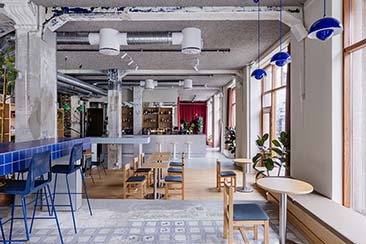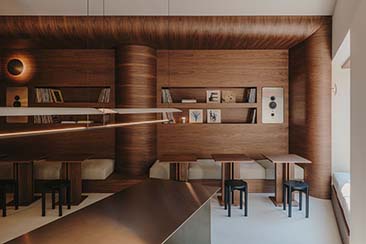Moving is one of those life events that sits somewhere between chaos and reinvention.
It’s stressful, yes — but it’s also a rare opportunity to start over. To touch every object you own, question its purpose, and decide what kind of person you want to be in your next space.
What most people don’t realize is that interior design doesn’t begin when the boxes are unpacked, it begins the moment you start filling them. Every choice you make during a move — what to take, what to leave, and what story your new home should tell — shapes your future environment. Even those who use white glove moving services in Manhattan Beach often find that the most transformative part of the process happens before a single item arrives, in the quiet decisions made while packing, reflecting, and redefining what “home” really means.
Design isn’t just about paint colors and furniture layouts. It’s about intention. And moving is the purest form of intentional living there is.
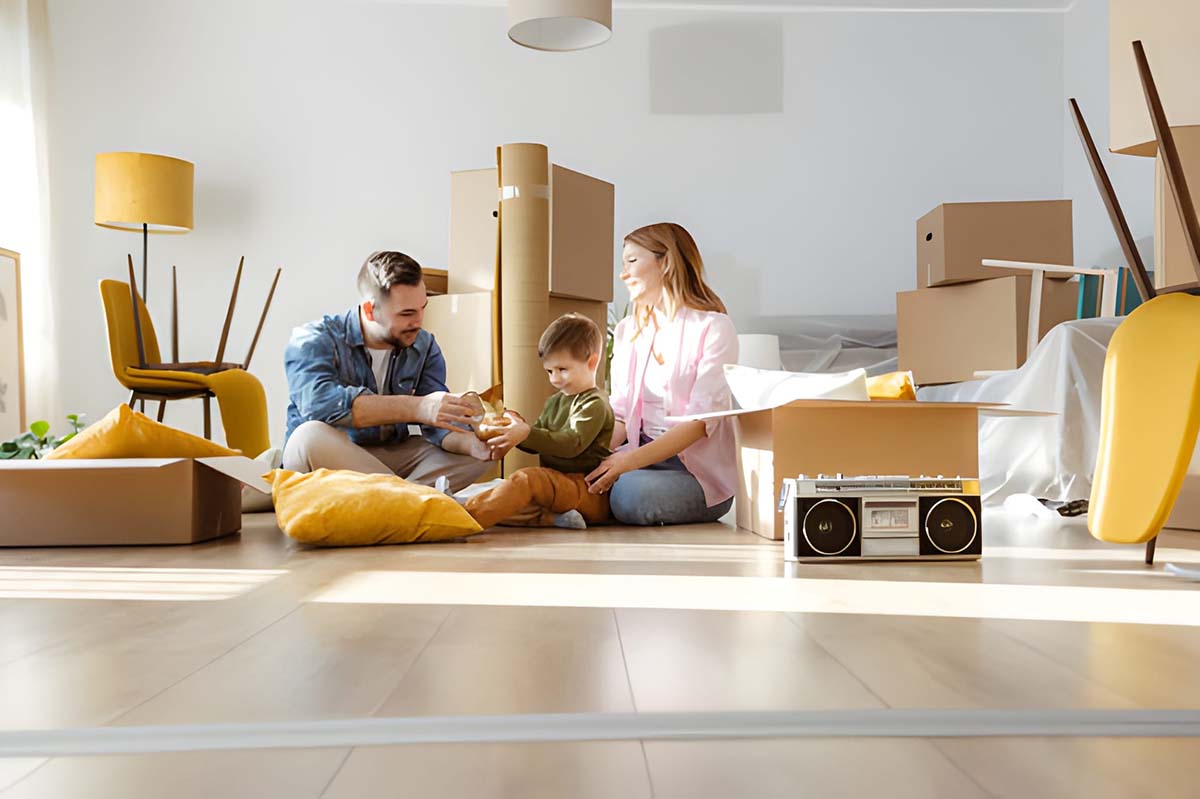
Chapter 1: Packing as a Creative Process
There’s something unexpectedly artistic about packing. On the surface, it’s repetitive, cardboard boxes, tape, labels. But if you step back for a moment, you’ll see it’s also editing your life like a designer trims unnecessary detail from a perfect composition.
As you wrap dishes in paper or fold clothes into neat stacks, you’re making design decisions, deciding what deserves space in your new world.
Interior designers often say that good design begins with subtraction. It’s not what you add that creates beauty; it’s what you leave out. Packing follows the same rule. The pieces you choose to bring carry visual and emotional weight. Each item that stays behind frees up room for air, for creativity, for calm.
Think of it this way:
– Your moving boxes are color palettes.
– Your furniture is your composition.
– Your choices create the aesthetic of your next chapter.
When you’re intentional about what you keep, unpacking later becomes effortless design — every object already belongs.
Chapter 2: The Psychology of Space
Before you even arrive at your new home, your brain starts designing it.
We’re wired to connect our surroundings to our sense of safety, identity, and mood. That’s why moving feels emotional, it’s not just about the logistics, it’s about redefining who you are through your environment.
Psychologists call this concept environmental identity. It’s the relationship between your self-image and your physical space. When you move, that connection resets, and it’s both exciting and unsettling.
Designers use this reset as an opportunity. They’ll ask clients:
– “What feeling do you want to wake up to each morning?”
– “What kind of energy do you want this space to hold?”
You can ask yourself the same questions as you pack. Maybe you want your next home to feel lighter, calmer, more creative, or more grounded. Whatever the answer, that vision can guide every decision, from what art to keep, to how you’ll arrange your kitchen counter.
Your space is a mirror. The clearer your intention, the more your design will reflect it.
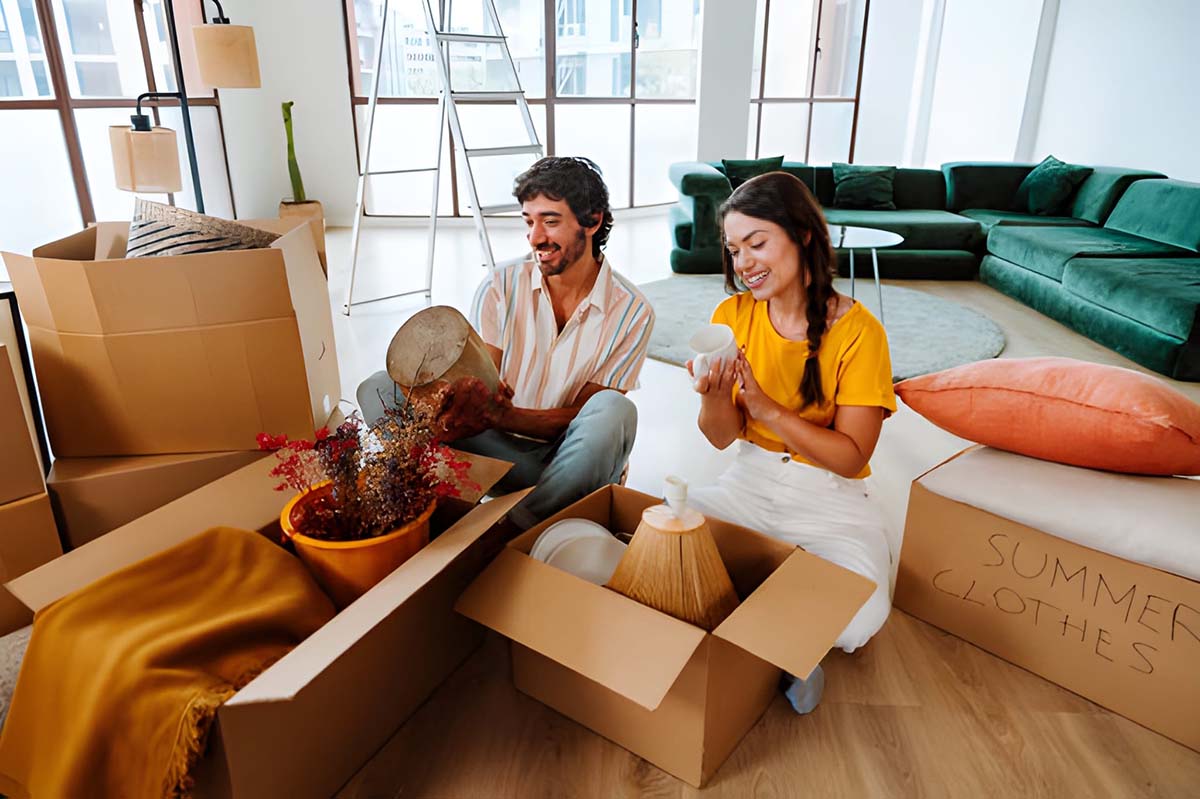
Chapter 3: The Aesthetics of Letting Go
It’s easy to think of design as addition, new furniture, new décor, new things. But the most powerful step in designing your new space might actually be letting go.
We tend to keep items out of habit or nostalgia, but clutter has a sneaky way of dulling creativity. It fills not only physical space but mental space too. The more crowded your surroundings, the harder it is to think clearly or feel at ease.
Before you start packing, look around and ask yourself:
– Do I still love this piece?
– Does it still represent me?
– Would I buy it again today?
If the answer is “no,” that’s your cue to let it go, sell it, donate it, or give it to someone who will use it.
Think of this as visual editing. Every item you choose to leave behind sharpens the composition of your future home. It’s like removing background noise so the melody — your style — can come through clearly.
Minimalism isn’t about owning less. It’s about owning with purpose.
Chapter 4: Designing Before You Unpack
When you walk into your new place for the first time, resist the urge to start unpacking right away.
Instead, take a slow walk through each room. Notice the light. The angles. The flow of energy.
Ask yourself:
– Where does natural light fall in the morning?
– What corner feels the calmest?
– Which wall naturally draws your eye?
This simple mindfulness exercise helps you see your space as it is, before you fill it. Designers call this reading the room.
Maybe your instinct is to place the couch against the longest wall, but the light might feel warmer by the window. Maybe your dining table looks better centered than pushed aside.
Allow the architecture and light to guide you before your furniture does.
Then, think in layers:
1.Base Layer – Function: Where do you need comfort, quiet, and movement?
2. Middle Layer – Mood: What colors and textures make you feel like yourself?
3. Top Layer – Story: What personal touches will make this house yours?
When you design this way, your home becomes more than stylish — it becomes aligned.
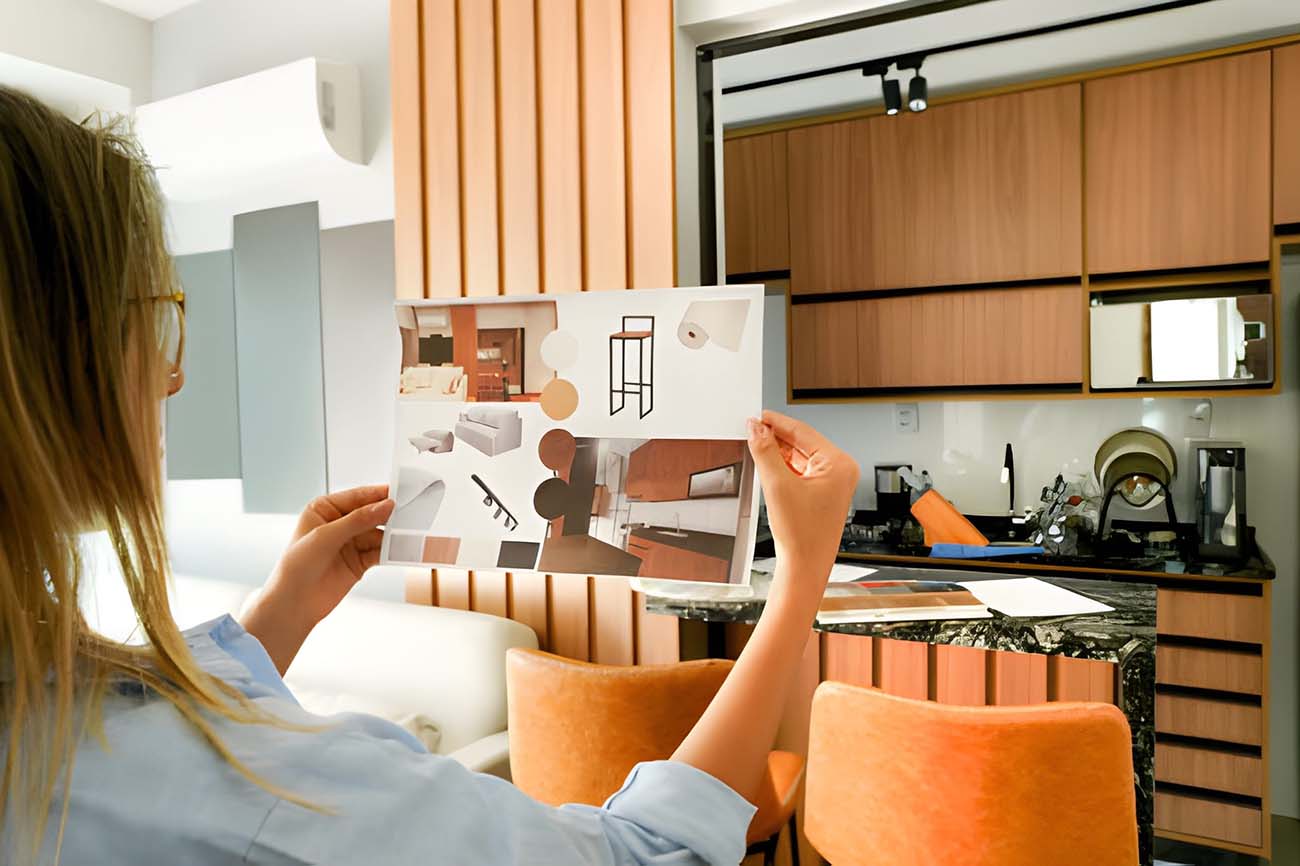
Chapter 5: Texture, Light, and the Senses
Design isn’t just what you see — it’s what you feel.
As you arrange your new home, pay attention to the invisible design elements that shape emotion: light, scent, sound, and texture.
Light: Choose soft bulbs for evenings, bright natural light for mornings. A simple lamp swap can shift a room’s mood from sterile to serene.
Texture: Mix smooth and rough, matte and shiny, warm and cool. A linen couch beside a glass table tells a more interesting story than a single matching set.
Scent: Your sense of smell is the fastest path to memory. A candle or essential oil can anchor your new space emotionally — lavender for calm, citrus for energy.
Sound: Silence can be heavy in an empty home. Fill it with music or ambient noise while unpacking — it will make your space feel alive.
Designers often say the best rooms feel good even with your eyes closed.
Chapter 6: The Subtle Art of Placement
When you’re unpacking, every small choice matters. Where you place a chair or hang a picture can completely change the energy of a room.
Here’s a simple way to approach placement:
Anchor large pieces first. Your bed, sofa, and dining table define zones.
Think symmetry — but not too much. Perfect alignment feels formal; slight imbalance feels natural.
Leave breathing room. Negative space is as important as the furniture itself.
Add personal rhythm. A stack of books, a leaning frame, or a plant gives your room life.
Your layout tells your story. Don’t copy Pinterest boards; follow instinct.
If you love a piece, it belongs, even if it “shouldn’t” match.
The goal isn’t perfection. It’s belonging.
Chapter 7: The Emotional Weight of Objects
We all have “story objects” — the chipped mug we refuse to throw away, the photo frame we always pack last, the record player we rarely use but can’t leave behind. These items anchor our identity across spaces.
When you move, treat these objects as design elements, not afterthoughts. They’re the punctuation marks of your visual language.
Maybe that old guitar isn’t just decor, it’s a reminder of who you were when you bought it.
Maybe your grandmother’s vase doesn’t match the modern color palette, but it balances your soul.
Design is emotional archaeology, it’s about uncovering meaning in the layers of what you own.
Keep what makes your space feel true. That’s the secret ingredient every designer tries to replicate, and only you possess it.

Chapter 8: The Sustainable Side of Moving
Moving is a perfect time to rethink consumption. Between cardboard boxes, bubble wrap, and all the “new stuff” we buy for our homes, relocation can create a lot of waste. But with a few intentional choices, it doesn’t have to.
Try this:
– Use recycled boxes or rent reusable bins. Many companies now offer eco-friendly moving kits.
– Wrap fragile items in towels, sheets, or clothing. Saves space and materials.
– Sell or donate before you buy new. Your old furniture might be perfect for someone else’s space.
– Buy secondhand for your new home. Preloved pieces add character and reduce environmental impact.
Sustainable design isn’t a trend, it’s respect for the stories behind materials.
The most stylish spaces often mix old and new, proving that timeless design doesn’t come from stores, but from care.
Chapter 9: The Transition Between Homes
That in-between stage — when your old home is empty, and your new one isn’t fully unpacked — often feels surreal. It’s disorienting but also cleansing.
Use that in-between space as reflection time.
You’re literally between versions of yourself. Take a walk, rest, imagine how you’ll use each room.
Interior designers often suggest creating a small “anchor zone” first, a bed with clean sheets, a coffee setup, or a cozy reading chair. This gives your brain a sense of stability amid transition.
The rest can wait.
Chapter 10: Creating a Sense of Home
Home isn’t a place — it’s a rhythm.
It’s the sound of your footsteps echoing less each day as you fill the space with life.
It’s your first morning coffee at the new window, the moment your favorite playlist feels “right” in this acoustic.
To create that sense of home faster:
– Add personal texture — art, photos, or small imperfections that feel lived-in.
– Use soft light at night to reduce anxiety.
– Fill the air with smells you associate with comfort — coffee, fresh laundry, or your favorite candle.
– Invite a friend over for a meal. Shared energy transforms space faster than any decor trick.
For those who recently made a big move, working with a professional moving company can make that transition smoother, freeing up time and energy to focus on what truly matters: turning an empty space into a reflection of your style and story.
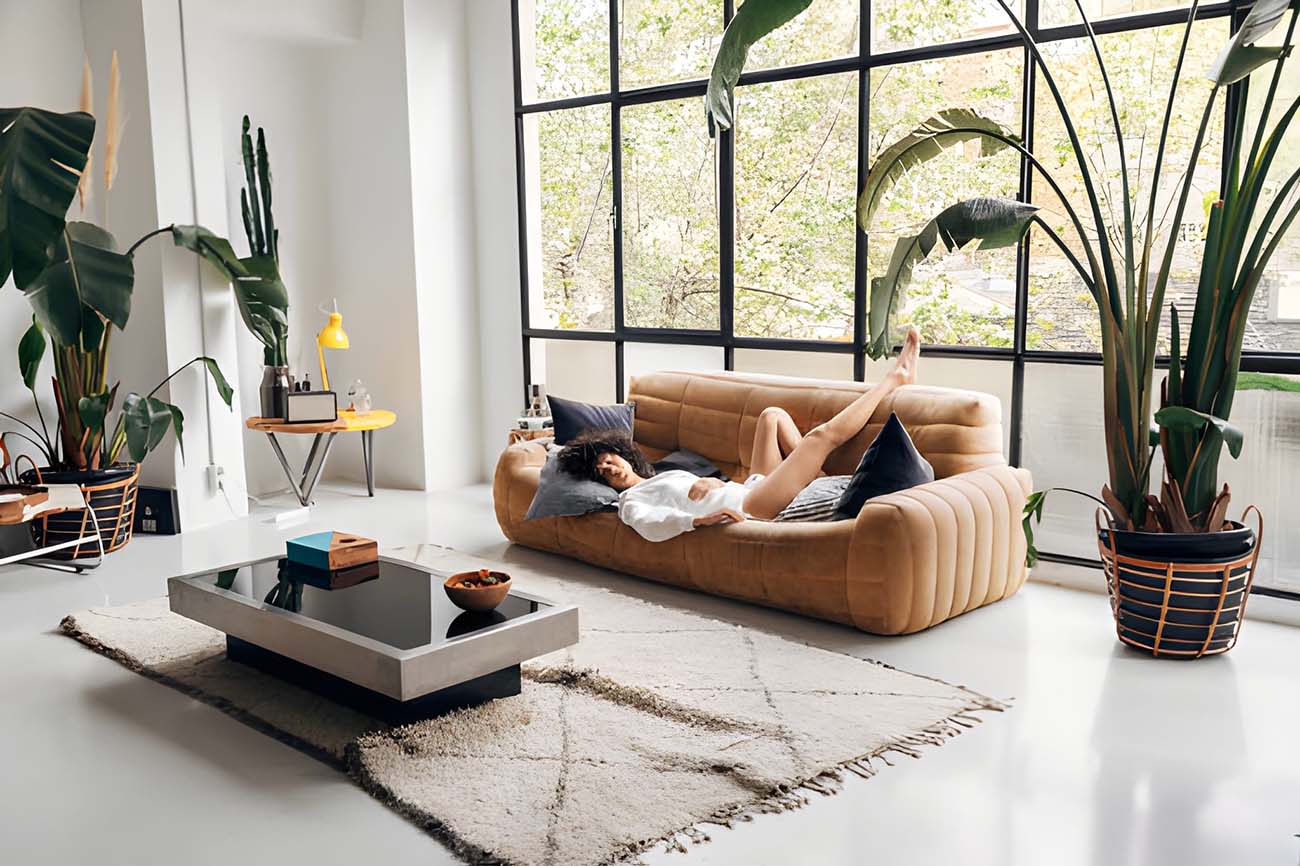
Chapter 11: Living as an Ongoing Design Project
The biggest misconception about interior design is that it’s ever “finished.”
A well-lived home is always evolving — a reflection of growth, memories, and moods.
After your move, give yourself permission to experiment. Try new layouts. Swap colors. Leave one wall empty until something truly inspires you.
The most beautiful homes aren’t perfect — they’re personal. They carry traces of their owners’ journeys.
Moving is just the prologue. The story unfolds every day you live there.
Chapter 12: Moving as Art, Living as Design
When we think of art, we picture a canvas, sculpture, or photograph. But your home — your lived environment — is also art. It’s the medium through which you express your values, your taste, and your dreams.
Packing isn’t the end of one chapter; it’s the first brushstroke on your next one.
Every box you fill, every room you imagine, every wall you touch, it’s all part of the design process.
So the next time you’re knee-deep in bubble wrap, remember:
You’re not just moving. You’re creating.
Final Thoughts
Moving may feel like chaos — but hidden inside it is a creative ritual.
It’s the rare moment where design meets reflection, where choices become chapters, and where every box you tape shut whispers a promise:
Something beautiful is waiting on the other side.
When you look at moving this way, it stops being a chore and becomes a quiet form of artistry.
Because in the end, the art of moving is really the art of living, and every new home is a blank canvas, waiting for your next masterpiece.


